Earphones, ear buds, head phones, Blue tooth devices- they are everywhere today- plugged into mobile phones, iPods, MP3 players, computers, tablets and more. These are used by kids, teens and adults across all ages and provide private listening in schools, gyms, at home or the workplace- just about everywhere people spend time.
Insert earphones are by far the most popular choice for listening as they are tiny and light, fit into a pocket and cost next to nothing. Believe it or not, these little portable speakers are causing hearing damage at an alarming rate. In fact, studies show that 1 in 5 Indian youngsters already suffer from hearing loss. What makes this even more disturbing is that the hearing loss is irreversible.
And, the longer it goes unrecognized and untreated, the faster it progresses. Damaging your hearing in this way is referred to as Noise Induced Hearing Loss (NHL). Since we need our ears to continue enjoying audio, it is crucial to follow safety precautions when using earphones.
Noise Induced Hearing Loss is generally caused by two types of noise: sudden, ear- splitting bursts such as gunfire or fireworks or ongoing exposure, such as factory noise or loud music listened to over time. Ear buds are primarily used to listen to music and little thought is given to the amount of time they are worn or at what level of volume.
Currently, it’s not unusual for people to listen to music or to the radio at high volumes for several hours a day.
How does noise cause hearing loss?
The ear is made up of three parts that work together to process sound: the outer ear, the middle ear and the inner ear. Part of the inner ear called the cochlea contains tiny hair cells. These hair cells help send sound messages to the brain.But loud noises can damage the hair cells. When this happens, the cochlea cannot relay sound messages to the brain as well. Unlike damage to other parts of your body, inner ear damage never heals. Over a period of time, as more and more hair cells get damaged, your hearing will only get worse.
Noise- induced hearing loss arising from using ear buds usually takes a while as it happens gradually. A lot of people do not know they have a problem until it is too late.
What are the signs that indicate you may have hearing loss?
Ringing, buzzing or roaring in your ears after hearing a loud noise
Muffling or distortion of sounds
What should you do if you think you have signs of hearing loss?
Consult your ENT Specialist. The doctor may examine you and send you to see an Audiologist. The audiologists will most likely give you a series of tests to determine how much of your hearing has been affected.
When should you consult an ENT Specialist or Audiologist?
If you have ringing in your ears or your hearing is muffled for more than 24 hours after exposure to loud music, have your hearing checked by an audiologist.
- See your health care provider for signs of hearing loss if:
o Some sounds seem louder than they should be
o It is easier to hear men’s voice than women’s voices
o You have trouble telling high- pitched sounds (such as “s” or “th” ) from one another
o Other people’s voices sound mumbled or slurred
o You need to turn the television or radio up or down
o You have ringing or a full feeling in your ears
Your audiologist can answer any question you might have about using ear buds and about protecting your hearing.
How should you listen to music on your iPod or MP3 player?
- The small ear bud style headphones (inserted into the ears) do not block outside sounds. Users tend to turn up the volume to block out other noise. So it is preferable to use Muff Headphones over ear buds style headphones when listening to music.
o Ask for ‘noise- cancelling” headphones which reduce or eliminate background noise. You can listen to music at a softer volume, for a longer time. - o Decrease the amount of time you use headphones. Follow the 60/60 rule when wearing ear buds. Keep your volume below 60% and limit your listening to under 60 minutes per day.
- o Here is another trick you can use to find out if your ear buds are at a safe volume: ask people sitting near you if they can hear your music. It they can, it is a sign that your hearing is being damaged. Turn the volume down until other people can no longer hear it.
- o Hearing loss is not the only problem that ear buds can cause. Listening to music at a louder volume can make you unaware of what is going on around you. That increases you chances of an accident; if you are running on a bike path, for example, it is hard to hear a cyclist shout, “Heads up!” when your music drowns out all other sounds.
- o Educate children and teenagers. Most have no idea that hearing does not come back once it has gone.







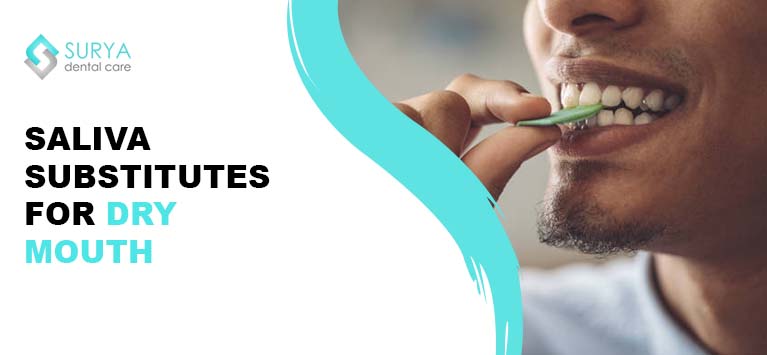

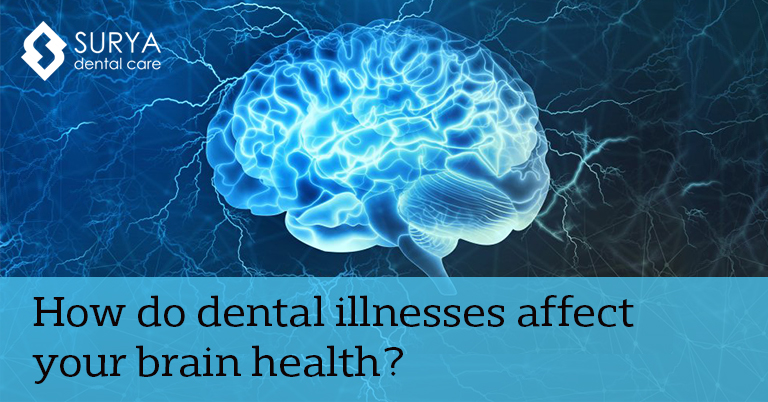

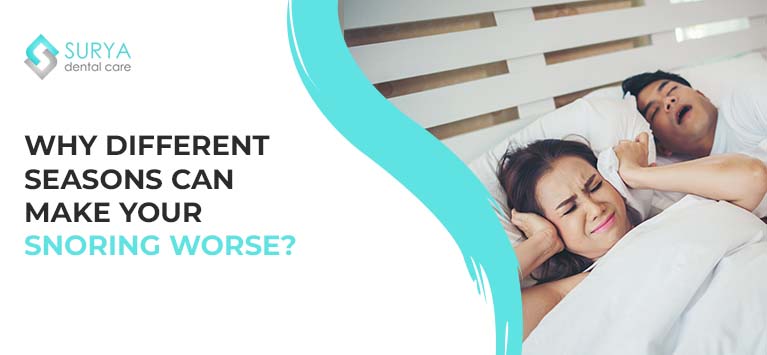

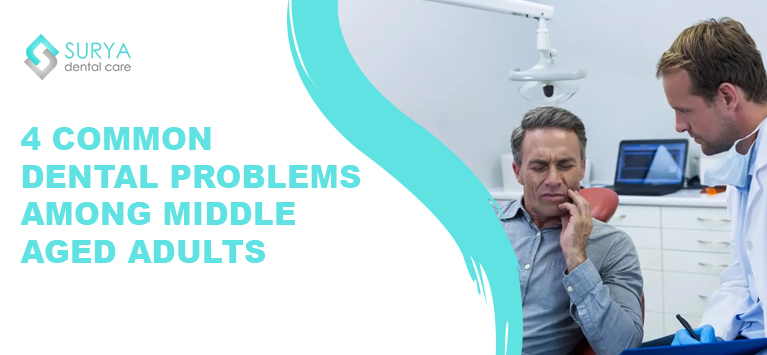

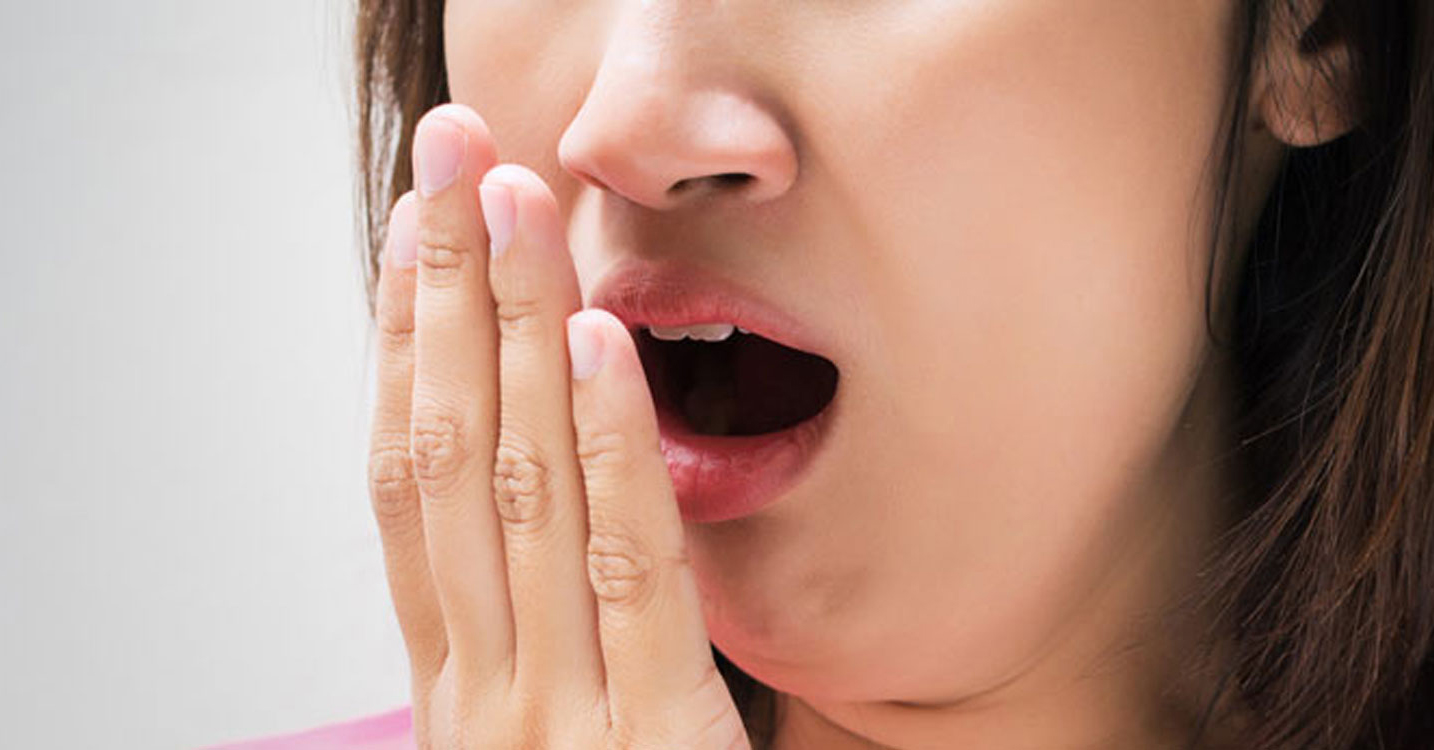
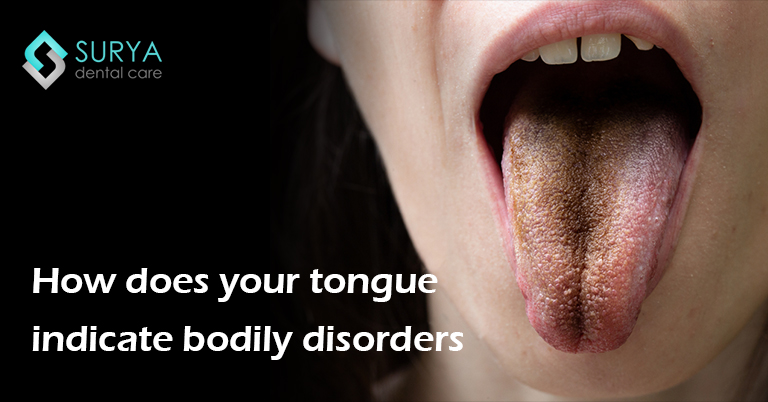


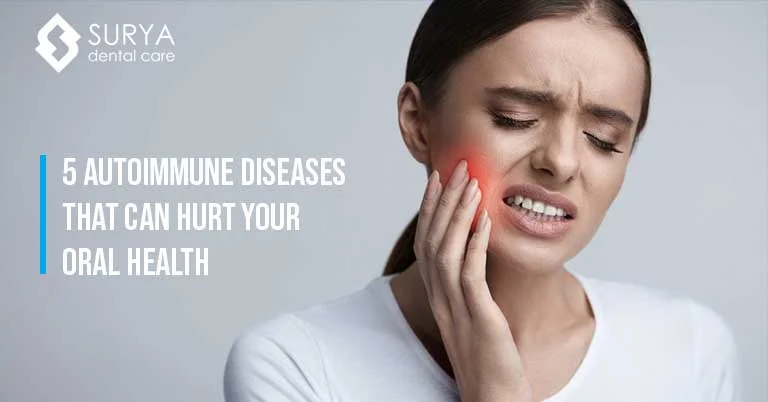




Leave a Comment